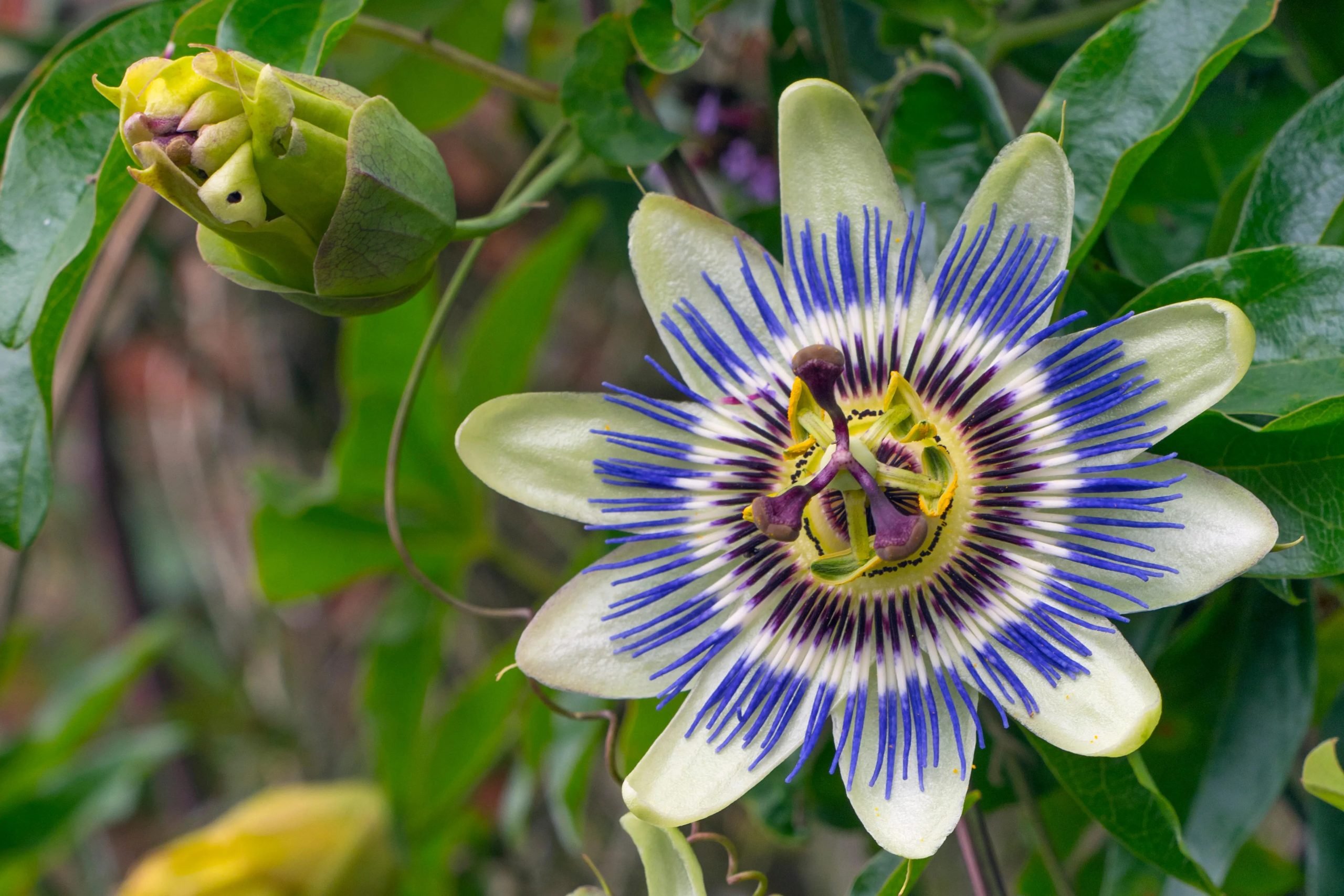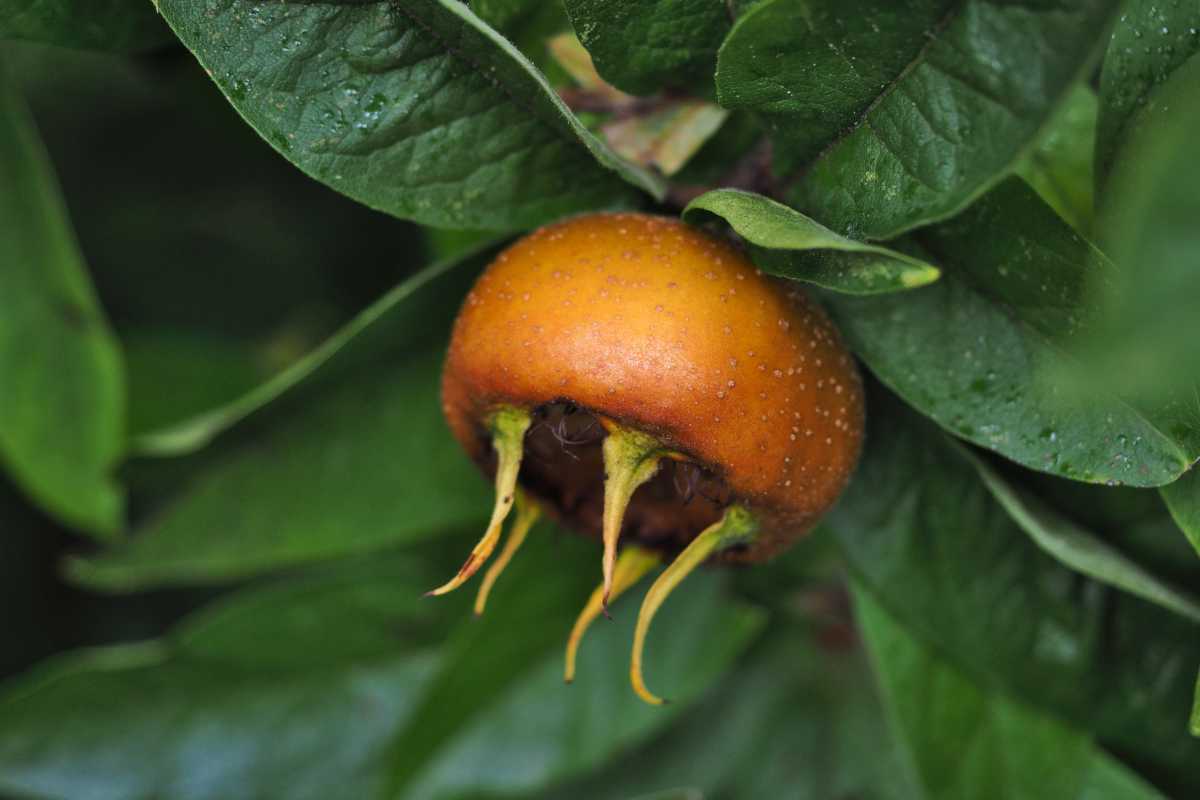Learn How To Grow & Care For Weigela Shrubs
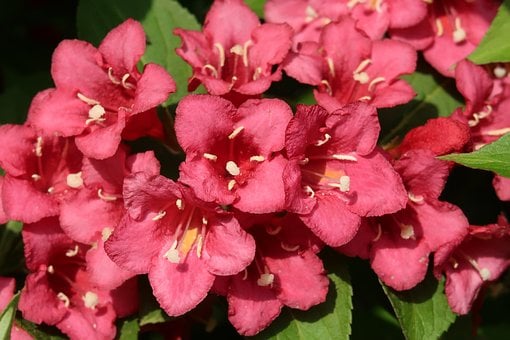
Table of Contents
Weigela shrubs are a part of the Caprifoliaceae family of deciduous shrubs. Named after a German scientist Christian Ehrenfried Weigel, the shrub is also a member of the beautiful honeysuckle family.
The bush is an attraction for hummingbirds, butterflies and even humans owing to their lovely pink, white, red, and yellow flowers that bloom from mid-spring through the late spring season. However, the secret to an eye-catching bush is proper pruning. Appropriate Weigela pruning will add to the beauty of the bush and keep the bush healthy as it will get rid of all the dead, dull and broken branches. Such practices keep a plant fresh. The tubular-shaped flowers are 1-2 inches long and comprise petals with five lobes. There are many types of weigela plants, and the size, as well as the colour, varies.
The foliage is oblong and has a shiny appearance. The edges of the leaves are slightly serrated, and you can see them in a myriad of colours like green, yellow, gold, chartreuse, burgundy and even purple.
Planting and then growth afterwards are both works of art. The most crucial factor is to plant the seed at the proper time to germinate in an appropriate climate. If you wish to grow Weigela bushes on your lawn, read for additional tips.
The Right Place, Time, and Ways to Plant Weigela Shrubs
- Start by excavating a hole between two and five times bigger than the depth and the same depth as the root ball. Proceed by incorporating 15-20% compost into the backfill after loosening the soil. If the plant is root-bound, carefully pluck the roots out, or you can slice it with care. Next, add enough backfill in the pot so that the top of the rootball is not entirely covered. However, firmly plant the rootball in the hole you have dug.
- The dirt should not entirely enclose the rootball or the stem. After watering the plant, mulch it with loose organic material while being careful that it does not come in contact with the stem. At this stage, feed the Weigela with tree food rich in nutrients like iron and sulfur. This will promote the growth to be greener and denser.
- Early spring and early autumn are the best times to plant a Weigela shrub because of the cold weather. By doing this, you can prevent transplant shock from happening when the heat is extreme in summer. You can even give the shrub an extra boost by watering the plant with a good-quality root stimulator. This will make the foliage greener, reduce transplant shock and strengthen the root of the shrub.
- The right spot to plant this bush is in an area that receives an ample amount of sunlight; however, make sure that the soil does not lose its moisture and get dried out as a result of this. The weigela shrubs can grow from 12 inches to 10 feet tall and spread out from 18 inches to 12 feet on either side. For this kind of growth, the plants bloom the best when exposed to bright and direct sunlight.
How To Grow Weigela Shrubs
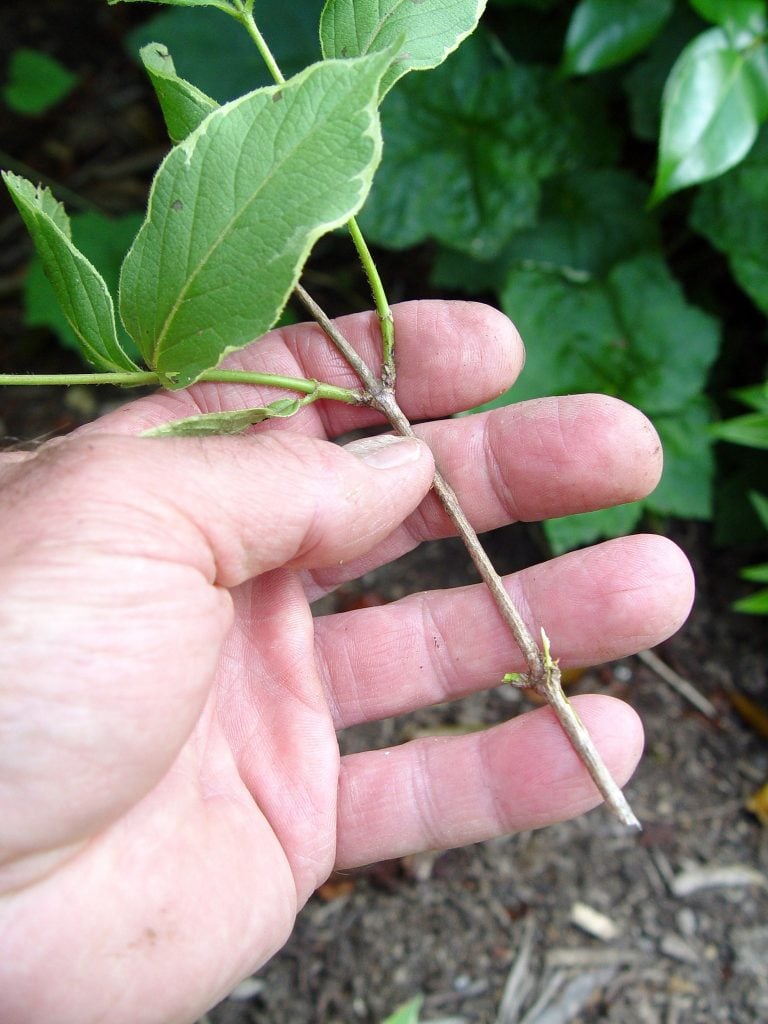
The Weigela shrub can be promoted by softwood cutting (as shown below) in early spring and hardwood cuttings in late autumn or winter.
- Start by excavating a hole between two and five times bigger than the depth and the same depth as the root ball. Proceed by incorporating 15-20% compost into the backfill after loosening the soil. If the plant is root-bound, carefully pluck the roots out, or you can slice it with care. Next, add enough backfill in the pot so that the top of the rootball is not entirely covered. However, firmly plant the rootball in the hole you have dug.
- The dirt should not entirely enclose the rootball or the stem. After watering the plant, mulch it with loose organic material while being careful that it does not come in contact with the stem. At this stage, feed the Weigela with tree food rich in nutrients like iron and sulfur. This will promote the growth to be greener and denser.
- Early spring and early autumn are the best times to plant a Weigela shrub because of the cold weather. By doing this, you can prevent transplant shock from happening when the heat is extreme in summer. You can even give the shrub an extra boost by watering the plant with a good-quality root stimulator. This will make the foliage greener, reduce transplant shock and strengthen the root of the shrub.
- The right spot to plant this bush is in an area that receives an ample amount of sunlight; however, make sure that the soil does not lose its moisture and get dried out as a result of this. The weigela shrubs can grow from 12 inches to 10 feet tall and spread out from 18 inches to 12 feet on either side. For this kind of growth, the plants bloom the best when exposed to bright and direct sunlight.
- If growing the Weigela in a container, select a size that is large enough to sustain the plant for two to three years. The diameter of the container should be 8 inches or more in width than the root ball of the plant. Make sure that the pot for the plant has drainage holes.
How to Prune Weigela Shrubs?
1. Pruning for Growth
The weigela blooms from buds on the growth from the previous year. To avoid the removal of these buds, an annual Weigela pruning can be done to shape it right immediately after spring flowering. Pruning the bush in winter or early spring can remove quite a few flowering buds; therefore, carry out the step with great care. The ideal technique is to remove the branch entirely or to make a cut at the origin of the branch or where it meets another branch. At this step, close inspection is necessary to prevent tampering with the shape of the plant.
If your Weigela bush is getting out of control and bigger with every passing day, do not refrain from pruning it completely. The plant will grow again, and this time, you can be more careful with how it grows.
2. Pruning for Maintenance
The shape and form of a plant can enhance the beauty of a garden. Therefore, feel free to prune any stray branches that are sticking out at weird angles and detracting from the appearance of the bush at any point in time during the season. Cut the branch at its origin or where it meets with another branch. To renew a shrub, remove the interior branches with loppers which will ensure that the branches remain intact and the plant stays healthy as well as in good shape.
It is advisable to cut off small branches rubbing against the bush’s main stem to prevent it from getting weak. For better maintenance of the plant, prune all those branches that are thicker than one inch. This way, you can keep the growth of the plant in check as well as ensure that new blooms are encouraged.
3. Pruning for Rejuvenation
On their younger branches, which are three years old or younger, Weigela flowers are the most abundant. Cutting off dead, diseased, dried and old branches or twigs will keep the plant fresh and healthy and make the foliage denser in spring. This step can be carried out by pinching off dead flowers by hand. Certain times, this can lead to a second flush of flowers.
Not more than one-third of the oldest branches should be cut off. They are either half an inch or one inch in diameter. Remove the branches from the base to chop them off according to the shape you want to maintain.
Caring for Weigela Shrubs
1. Deadheading
Start caring for the bush early in the spring to ensure its healthy growth. When the shrub begins to leaf out, make sure that you remove the dead, broken, and dried-out branches. The pruning of older branches is advantageous to a larger and more established bush form.
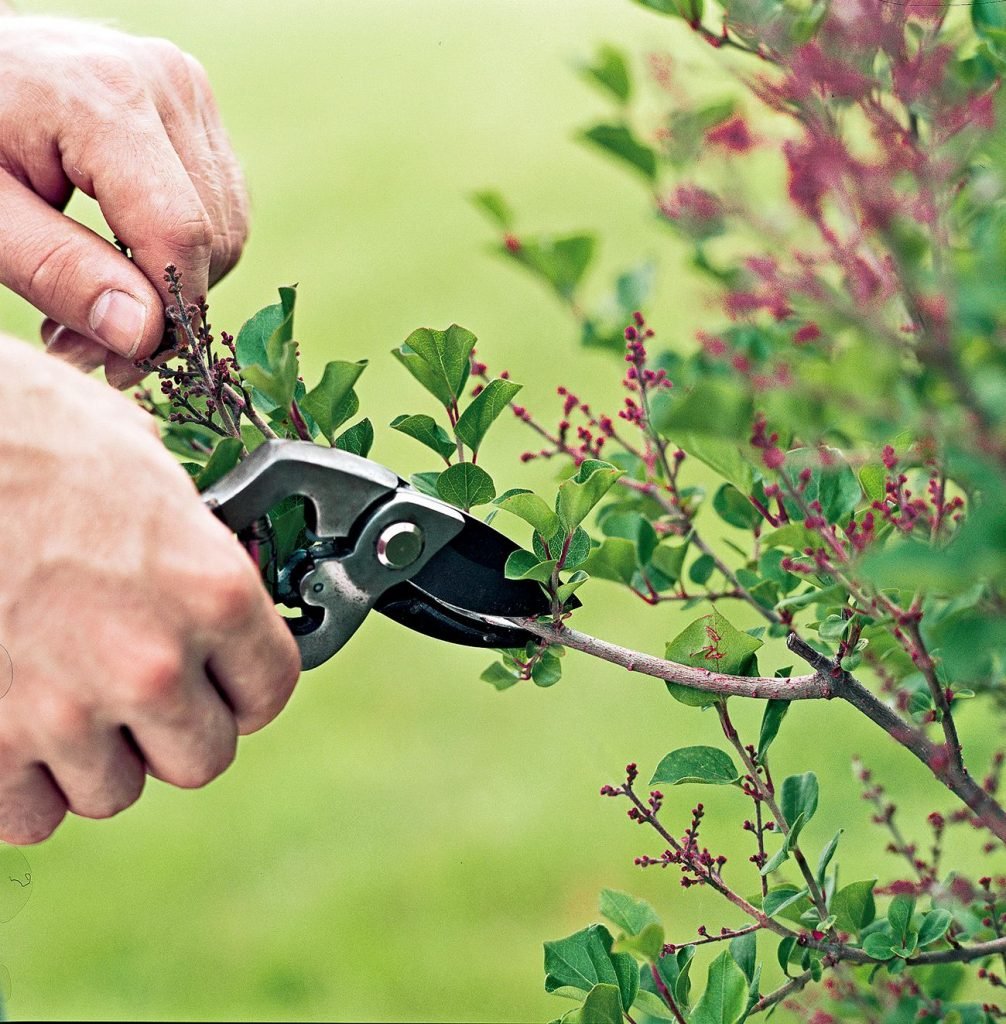
To encourage a bush’s healthy growth, remove about one-third of the oldest branches at the base after a few years. The shrub will not be able to withstand harsh pruning until it has become well-established and has strong roots.
2. Maintain the Soil
For proper growth of the bush, the soil must be well-drained and appropriately moist at the same time. The soil’s pH level must range between 5.5 and 7.5, i.e., moderately acidic to moderately alkaline.

If you are growing your plant in a pot, use good quality potting soil, a potting mixture, or even a combination of both.
3. Ensure Proper Watering
Unless the weather is extremely hot and dry, the Weigela shrub does not need additional water. If the rainfall is scarce, water the shrub during active growth not more than once a week. If you have installed an automatic irrigation system in your garden, ensure that water is supplied early in the morning and not after the sun sets. That can cause fungal infection and many other foliar diseases as excessive water will not evaporate.

Overwatering the bush can also cause the roots to decay. Don’t sprinkle a small amount of water on your bush daily. Instead, watering the shrub once or twice a week and allowing the soil to dry out a bit is preferable. Daily partial irrigation is a futile exercise. The idea is to keep the soil moist and soft, not wet or waterlogged.
4. Fertilising Weigela Shrubs
At the start of the spring season, a balanced fertiliser that releases nutrients gradually into the root zone is sufficient for the healthy growth of the bush. You can mulch the shrub with several inches of organic matter, suppress weeds, retain water in the soil and add nutrients.

The roots of the Weigela can extend at least 12 inches below the surface. The feeder roots, on the other hand, are located in the top six inches of the soil and are responsible for absorbing nutrients from the soil. Therefore, if you spread the fertiliser on the surface of the soil, it will easily reach the feeder roots and provide the required nutrition.
Conclusion
All in all, grow flowers in your garden that go well with the hues of the Weigela shrubs to make it more attractive. In this case, a fully bloomed vibrant Weigela would look magnificent with the golden charm cypress because the green foliage of the cypress would create a sense of tonal balance when grown next to flowers that are red, yellow, pink or white.
If you have enough room in your yard to grow your flower bed, you may also grow peonies, delphinium, iris, and spirea, among many other plants, as they all bloom at the same time as the Weigela shrubs.

![How to Grow and Prune Lavender [Winter Care Tips]](https://staging.thearches.co.uk/wp-content/uploads/Lavender-Winter-Care-Guidelines.jpg)
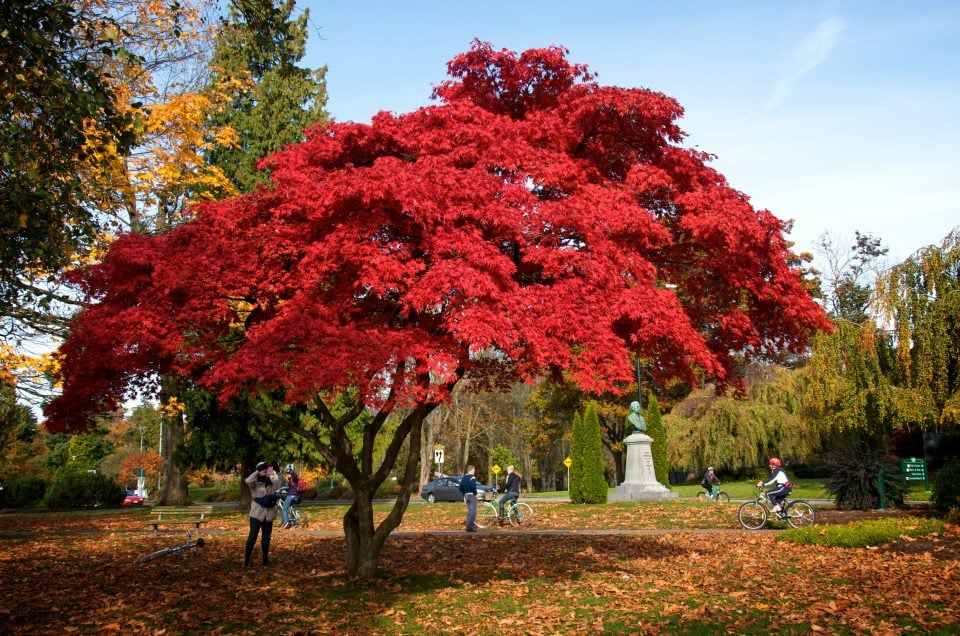
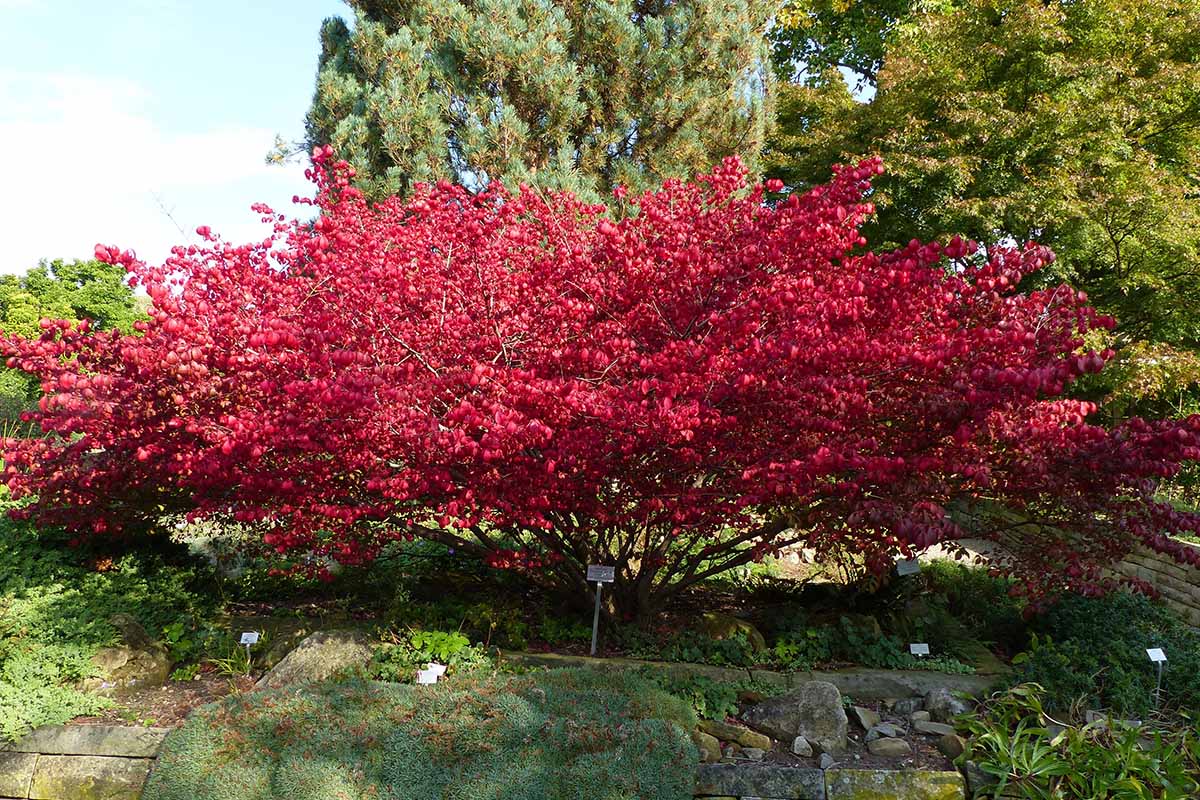
![Learn How to Grow and Care for Spider Plant [UK]](https://staging.thearches.co.uk/wp-content/uploads/How-To-Grow-Care-For-Spider-Plants-scaled.jpeg)
